
The Farnsworth
Invention: Fact -v- Fiction

 |
The Farnsworth
Invention: Fact -v- Fiction
|
 |
Act I, Scene 3: In which the invention is financed |
| The Play |
The Facts
|
|
Farnsworth walks into the offices of George Everson and Leslie Gorrell and immediately asks for $20,000 transmit moving pictures through the air. He goes into detail about his invention while repairing Everson's disabled car. |
In the spring of 1926 Farnsworth was employed by Everson's Community Chest campaign in Salt Lake city in 1926. After he had demonstrated his technical abilities by repairing Everson's 1926 Chandler Roadster, Everson asked the young man what he planned to do with the rest of his life, and learned of his ideas for something called "television." |  1926 Chandler "Rumble Seat" Roadster |
| Everson is portrayed as the willing partner with $3000 to invest "for an endeavor." Gorrell is portrayed as the skeptic who doesn't understand a word that this kid is saying. | Actually, it was Gorrell -- who had some engineering background -- who saw the potential in Farnsworth's ideas and encouraged Everson to listen more closely. Gorrell persuaded Everson to invest $6,000 to get Farnsworth started. The partnership of Everson Farnsworth and Gorrell was formed, with Farnsworth being staked to 50% of the equity in the venture. |
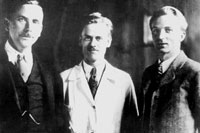 Everson, Farnsworth, and Gorrell |
| Everson and Gorrell admit that they don't have "$20,000" for such an endeavor, and take Farnsworth to San Francisco to meet financier William Crocker. | Actual events have been compressed transposed. Everson and Gorrell actually used their own funds to set Farnsworth up in makeshift laboratory in Los Angeles while they pitched colleagues up and down the west coast for additional funding. | |
| The actual spearhead of the next stage of the enterprise was a prototypical venture capitalist named Roy Bishop, who was introduced to Everson by a mutual friend, Jess McCargar, who was an executive of the Crocker Bank. Meetings were held at the Crocker offices, but the subsequent venture was not directly connected to anybody named Crocker or the Crocker Bank. | 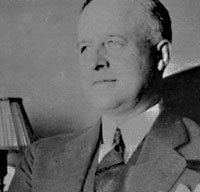 Jess McCargar |
|
| During his presentation, Farnsworth is asked if Vladimir Zworykin -- at Westinghouse -- hadn't filed a patent application for an electronic television system in 1923. Off stage, Sarnoff emphasizes the significance of that fact. "Yes, Farnsworth says yes, "but it doesn't work." | All true. Especially the "doesn't work" part. | 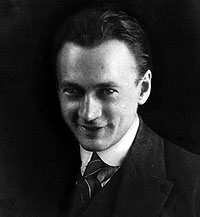 Vladimir Zworykin |
| William Crocker agrees to give Farnsworth half of what he wants -- $10,000 for six months -- to "get a picture." | The investor group headed by Bishop and McCargar staked Farnsworth to $25,000 and one year on the second floor of a warehouse at 202 Green Street in San Francisco. The clock started ticking in September, 1926. | 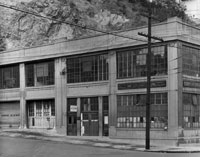 202 Green Street |
Want the whole story? Read a Book! |
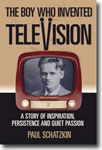 The Boy Who Invented Television A Story of Inspiration, Persistence, and Quiet Passion by Paul Schatzkin |
|